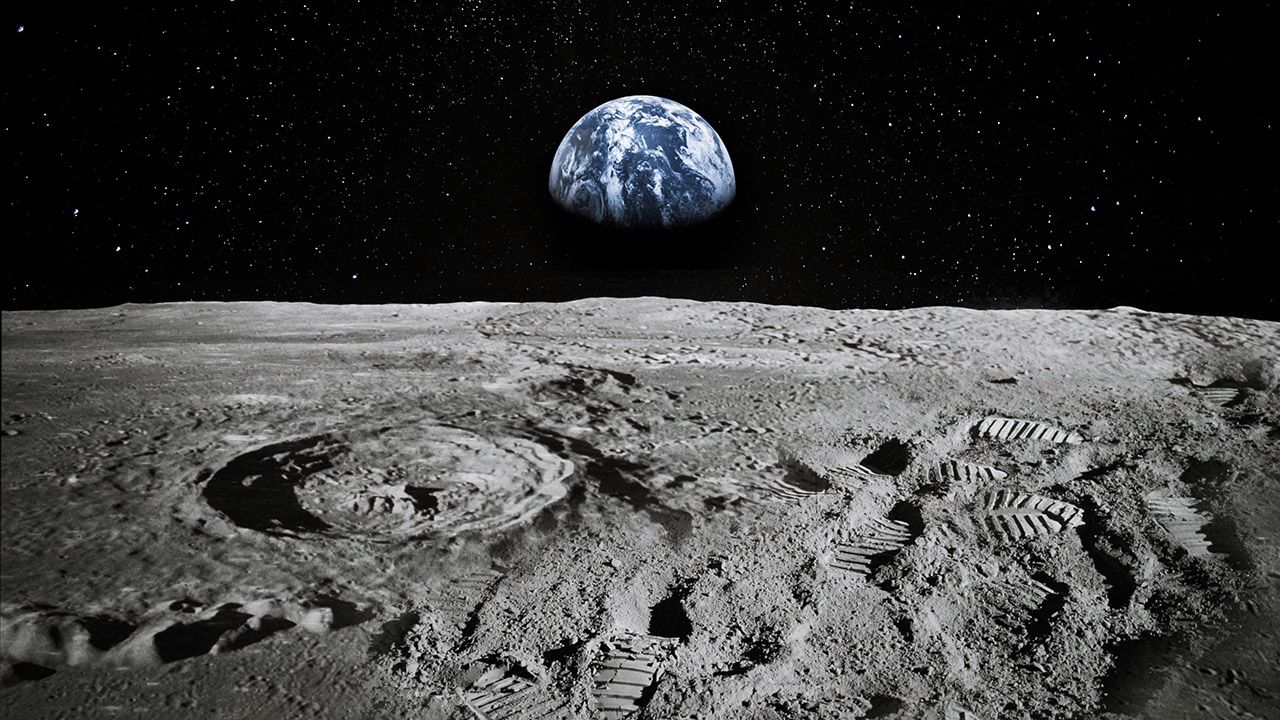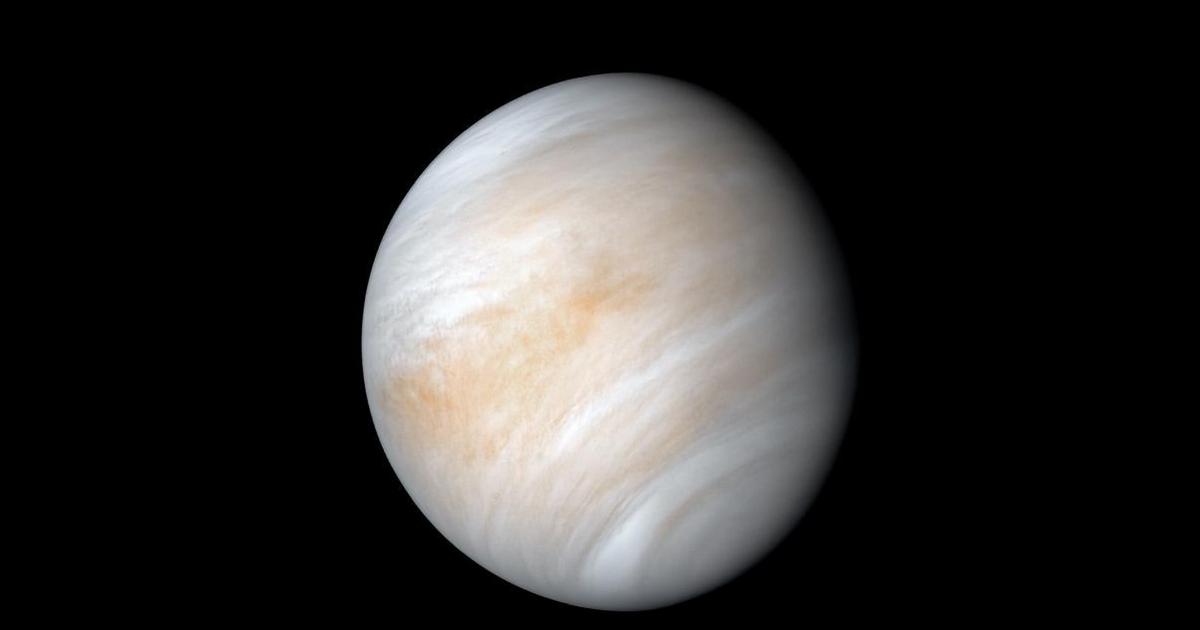Such rocks, after millions of years of travel in interplanetary space, sometimes land on another of these planets. In this way, rocks from Earth sometimes land on Mars, and rocks from Mars… land on Earth. In fact, although no human has arrived on Mars yet, and no space probe has returned to Earth after its trip to Mars, the laboratories already contain many rocks from the Red Planet.
Analysis of these space rocks coming from the Red Planet reveals something surprising. When we observe the surface of Mars in images from space probes, landers, and Mars rovers, we see a very old surface. There you can see riverbeds where water has not flowed for billions of years, and tectonic trenches and craters that billions of years ago were the bottoms of vast reservoirs. However, most of the Martian rocks that reached Earth’s surface by natural processes appear surprisingly young.
Read also: How did Martian surface rocks end up on the Earth’s surface? strike
It is worth noting the possibility that we are simply measuring the age of Martian rocks incorrectly. Different dating methods give different results, but in most cases these rocks turn out to be still surprisingly young.
An international team of scientists decided to take a closer look at this issue. However, the results published by the researchers support the hypothesis that most of the rocks are actually very young, being only several hundred million years old.
Although scientists know, thanks to the distinctive chemical composition of the rocks, that they come from Mars, they do not know from which region on the planet’s surface. However, given the fact that there are tens of thousands of volcanic craters on the planet’s surface, in order to identify the source crater, it is necessary to measure the age of both the craters and the rocks themselves.
So far, scientists have found nearly 360 different Martian meteorites, of which more than 80 percent form so-called shergottites, rocks of volcanic origin rich in minerals. Efforts to date these rocks indicate that most of them are less than 200 million years old.
The problem is that if everything on Mars were so small, the Red Planet’s surface should look different. Rock renewal should erase most of the craters visible there. Meanwhile, from orbit, Mars appears to have changed not just for millions of years, but for billions of years. So there’s a lot of cognitive dissonance here.
Read also: Mars is the ultimate active planet! We have evidence of two amazing phenomena that occurred there
For some time, scientists have suspected that all shergottites found on Earth might have come from a very small crater on Mars. Instead, it was suspected that the same impact on Mars that led to their extinction had warmed them so much that it would somehow “reset” their age. The problem is that the rocks don’t indicate that.
To estimate the age of Martian rocks, the argon-argon dating method is used, which is based on the decay of radioactive potassium into argon. Since we know the rate of this decay, we only need to look at the ratio of different argon isotopes to determine the age of the rock itself. But the problem is that although this method works perfectly on Earth, we don’t really know where all the argon in Martian rocks comes from. There are only three sources of argon on Earth, but there are five on Mars and outer space.
For this reason too The researchers decided in their latest work Develop a method to correct the age of Martian rocks, taking into account argon contamination from Earth and interplanetary space in the entire process. Suddenly, it turned out that the results of argon and argon dating began to match the results of uranium and lead dating. The age of the seven rocks examined by scientists ranged between 161 and 540 million years.
This result is more reasonable. It is worth noting here that, thanks to its thin atmosphere, the surface of Mars is bombarded by space rocks more than the surface of Earth. Each impact reveals rocks deeper beneath the surface and being replenished by volcanic activity. More than 200 such impacts occur on Mars every year, creating craters more than 4 meters in diameter. As a result, during subsequent collisions, there is an increased chance that younger rocks hidden beneath the older surface visible from orbit will be blasted into space.

Echo Richards embodies a personality that is a delightful contradiction: a humble musicaholic who never brags about her expansive knowledge of both classic and contemporary tunes. Infuriatingly modest, one would never know from a mere conversation how deeply entrenched she is in the world of music. This passion seamlessly translates into her problem-solving skills, with Echo often drawing inspiration from melodies and rhythms. A voracious reader, she dives deep into literature, using stories to influence her own hardcore writing. Her spirited advocacy for alcohol isn’t about mere indulgence, but about celebrating life’s poignant moments.








